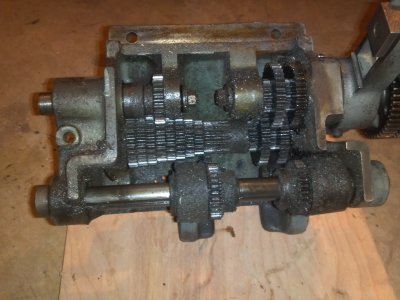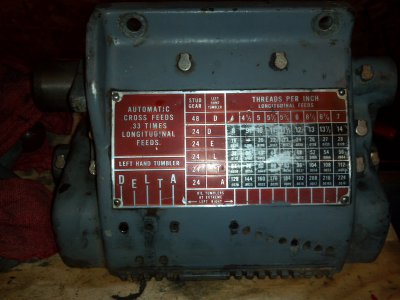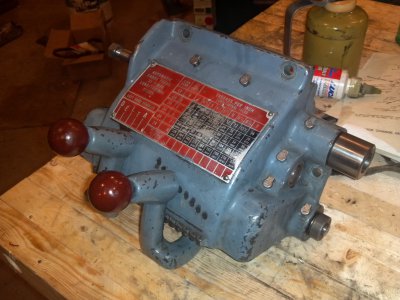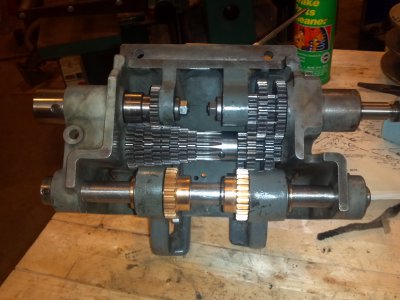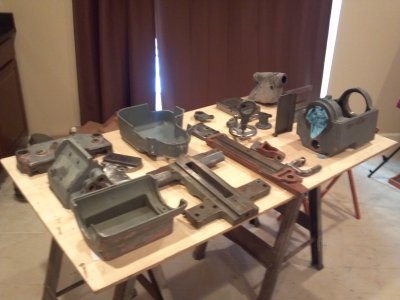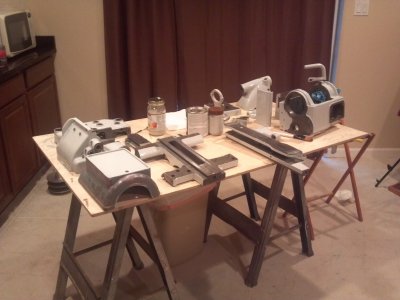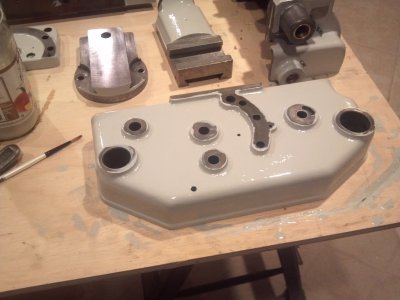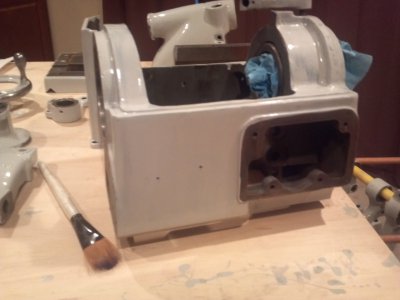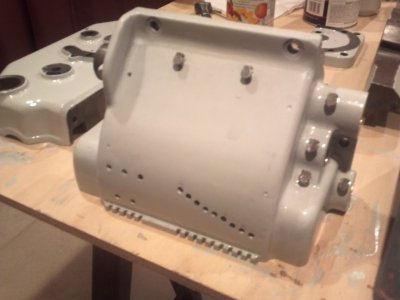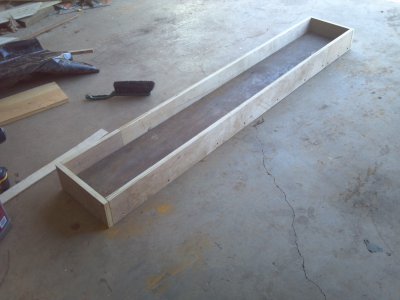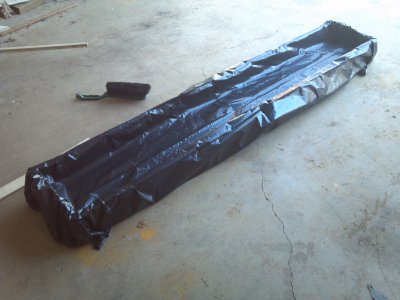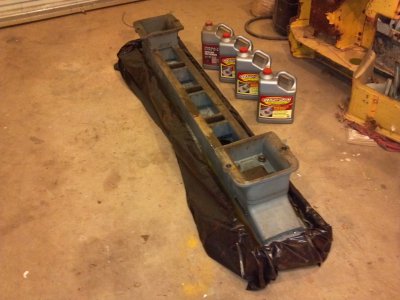- Joined
- Oct 7, 2013
- Messages
- 305
Coming dear.
Here you go.
I have finished the shafts. As I said before, I have replaced all the shafts in the gear box. Take a look at the bushings I replaced. Can you see anything amiss?
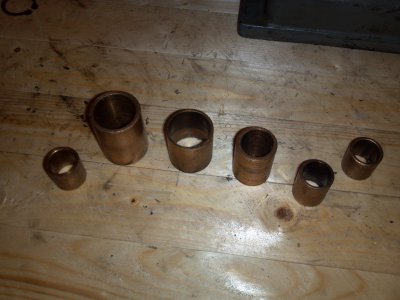
Yep. You are correct. Not one single oil hole in any of them.
So now we know why I had to replace ALL the shafts in my gear box, as well as all the bushings. At some point, some enterprising person rebushed the gearbox, but failed to drill any oil holes in the bushings. So, now the gearbox has all new shafts and bushings WITH oil holes. Things should run much smoother now.
I found I had to turn down the outer diameter of all the bushings to get the proper intereference fit. Most were in the area of .007-.010 over the diameter of the housing hole. While the bushings fit the shafts before installation, they all required reaming after installation. I bought a cheap set of adjustable reamers from Harbor Freight to do the job. If you have another option, don't do that. They are of unbelievably poor quality and did a rough job of reaming most of the bushings. I expect that at some point in the next several years, after I have acquired proper reamers, I'll do the job again.
I also found that two of my shafts turned out just a hair out of concentricity on the bearing surfaces. I was unable to turn those two shafts between centers, as I should have. I dialed one end in on the 4-jaw and had the other on a pretty worn dead center. The two shafts turn with little resistance and will do for now, but I will replace those two shafts in the future as well. Learning as I go.
Here you can see the new shafts with the keys and gears temporarily installed.
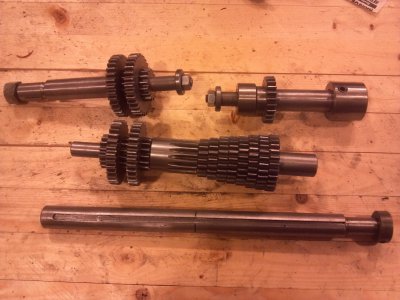
I will probably be reassembling the gearbox this week, unless I get a couple warm days, in which case I'll try to get a fresh coat of paint on it first.


Here you go.
I have finished the shafts. As I said before, I have replaced all the shafts in the gear box. Take a look at the bushings I replaced. Can you see anything amiss?

Yep. You are correct. Not one single oil hole in any of them.
So now we know why I had to replace ALL the shafts in my gear box, as well as all the bushings. At some point, some enterprising person rebushed the gearbox, but failed to drill any oil holes in the bushings. So, now the gearbox has all new shafts and bushings WITH oil holes. Things should run much smoother now.
I found I had to turn down the outer diameter of all the bushings to get the proper intereference fit. Most were in the area of .007-.010 over the diameter of the housing hole. While the bushings fit the shafts before installation, they all required reaming after installation. I bought a cheap set of adjustable reamers from Harbor Freight to do the job. If you have another option, don't do that. They are of unbelievably poor quality and did a rough job of reaming most of the bushings. I expect that at some point in the next several years, after I have acquired proper reamers, I'll do the job again.
I also found that two of my shafts turned out just a hair out of concentricity on the bearing surfaces. I was unable to turn those two shafts between centers, as I should have. I dialed one end in on the 4-jaw and had the other on a pretty worn dead center. The two shafts turn with little resistance and will do for now, but I will replace those two shafts in the future as well. Learning as I go.
Here you can see the new shafts with the keys and gears temporarily installed.

I will probably be reassembling the gearbox this week, unless I get a couple warm days, in which case I'll try to get a fresh coat of paint on it first.



